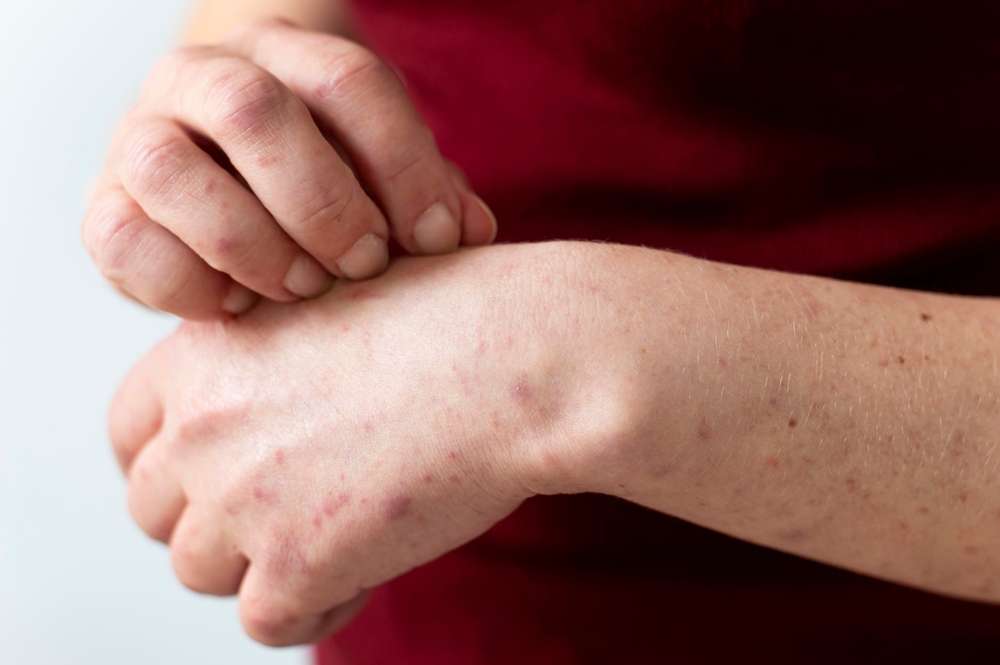Plaque Psoriasis Treatment for Skin Care
Plaque psoriasis is a chronic immune-mediated condition that commonly affects the skin and causes raised, scaly patches. Understanding available treatments and how they work can help people choose an approach that reduces symptoms and improves quality of life. This article outlines common options including topical creams, systemic medication, light-based therapies, and practical self-care considerations.

This article is for informational purposes only and should not be considered medical advice. Please consult a qualified healthcare professional for personalized guidance and treatment.
What is plaque psoriasis?
Plaque psoriasis is the most common form of psoriasis and is marked by well-defined red or pink plaques covered with silvery scales. It results from an accelerated skin cell lifecycle driven by immune system activity, causing visible buildup of cells on the epidermis. While plaques often appear on elbows, knees, scalp, and trunk, they can occur anywhere and vary in size and severity.
Symptoms may include itching, burning, or discomfort, and lesions can crack or bleed when severe. Plaque psoriasis can also be associated with joint symptoms in psoriatic arthritis and may affect emotional well-being; a comprehensive approach that addresses both skin and overall health is often recommended.
How does it affect the skin?
On affected skin, inflammation and rapid cell turnover produce thick plaques that disrupt the skin’s protective barrier. This can make the skin more sensitive to infection, dryness, and irritation. The visible nature of plaques often leads to social or psychological impacts, so clinicians consider both physical and mental health when planning care.
Skin care routines that protect moisture and minimize irritation are typically advised. Gentle cleansing, avoiding known irritants, and using moisturizers regularly can reduce flares and support other medical treatments. Patients are often encouraged to track triggers—such as stress, certain medications, or skin injury—that can precede worsening of plaques.
Topical cream options and how they work
Topical creams are a first-line treatment for mild to moderate plaque psoriasis and act directly on affected skin. Common classes include corticosteroid creams to reduce inflammation, vitamin D analogues that slow cell proliferation, calcineurin inhibitors for sensitive areas, and moisturizers or emollients to restore barrier function. Combination formulations are frequently used to leverage complementary effects.
Application technique matters: applying creams to clean, dry skin and following a healthcare provider’s schedule improves effectiveness while reducing side effects. For thicker plaques, topical treatments may be paired with keratolytic agents (for example, salicylic acid) to help remove scales and allow better penetration of active medication.
Systemic medication for moderate to severe cases
When psoriasis affects large areas, is resistant to topical therapy, or includes joint involvement, systemic medication may be recommended. Oral or injected medications work by modifying immune system pathways that drive plaque formation. Traditional systemic agents include methotrexate, cyclosporine, and acitretin; more recently, biologic therapies target specific immune molecules such as TNF-alpha, IL-17, or IL-23.
Systemic medications often require baseline and ongoing monitoring (blood tests, infection screening) because of potential side effects. Choice of agent depends on disease severity, comorbid conditions, patient preferences, and treatment goals. Discussions with a dermatologist or rheumatologist help align risks and benefits for each individual.
Other treatment approaches and considerations
Phototherapy uses controlled ultraviolet light to slow skin cell growth and reduce inflammation; it is typically delivered in clinical settings or via prescribed home units and may be combined with topical therapies. Emerging procedural options—such as targeted excimer lasers—can treat localized plaques. Lifestyle measures, including weight management, smoking cessation, and stress reduction, can complement medical treatment and sometimes reduce flare frequency.
Access to treatments varies by location; some therapies require referral to specialists or local services that offer phototherapy or biologic administration. Insurance coverage and healthcare system pathways also influence which options are feasible, so patients should discuss practical aspects with their provider.
Conclusion
Plaque psoriasis treatment typically combines symptom control, skin care, and strategies to address underlying immune activity. Topical creams and moisturizers remain central for many people, while systemic medication and light-based therapies are options for more extensive or persistent disease. Individual treatment plans should reflect disease severity, personal circumstances, and the advice of qualified healthcare professionals to balance effectiveness and safety.






